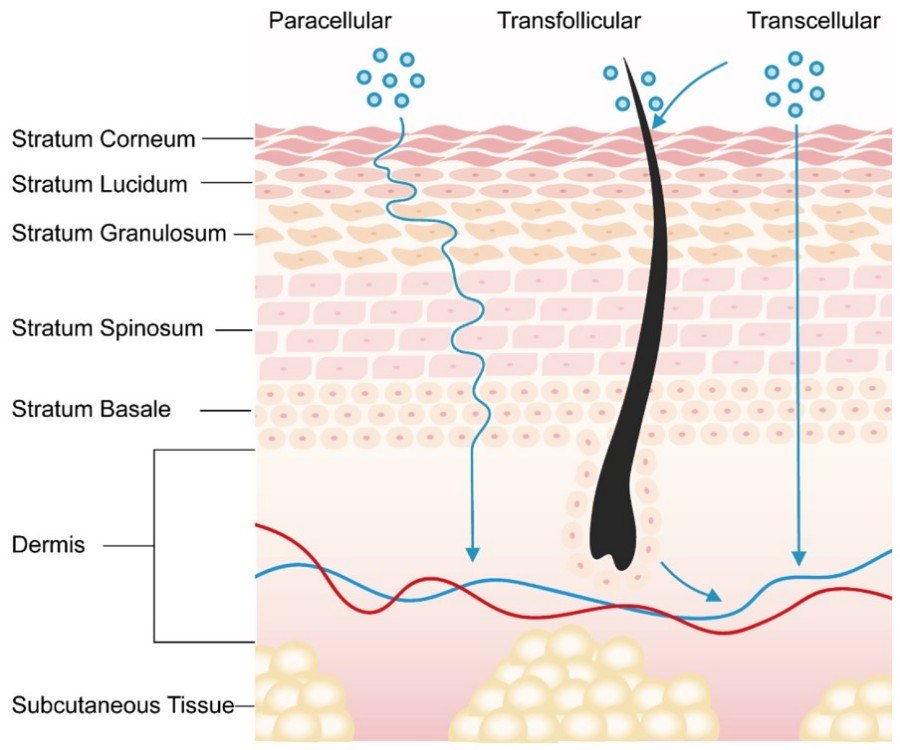In the realm of gout treatment, our innovative lipid-based drug delivery systems offer promising opportunities to enhance therapeutic outcomes and overcome challenges associated with traditional treatment approaches. By leveraging our expertise and cutting-edge technology, Creative Biolabs can help researchers and scientists propel their projects forward and make significant contributions to the development of more effective gout therapies.
Gout, a complex form of arthritis, has been a longstanding health concern. It is caused by the deposition of monosodium urate (MSU) crystal in joints and tissues, leading to intense pain, inflammation, and joint damage. The formation of MSU crystals occurs due to hyperuricemia, which is influenced by environmental factors such as temperature, pH, and ion concentration. Gout patients often have complications, including hypertension, diabetes, chronic kidney disease, cardiovascular disease, and obesity. At present, several commonly used treatment methods have been employed to alleviate gout symptoms and reduce the level of MSU crystals.
| Strategy | Drug Category | Antigout Drugs | Inquiry |
|---|---|---|---|
| Conventional therapies | Nonsteroidal anti-inflammatory drugs | Ibuprofen, naproxen, etc. | Inquiry |
| Colchicine | Colchicine | Inquiry | |
| Corticosteroids | Prednisone, dexamethasone, etc. | Inquiry | |
| Urate-Lowering Therapy (ULT) | Xanthine oxidase inhibitors | Allopurinol, febuxostat | Inquiry |
| Uricosuric agents | Probenecid, lesinurad, benzbromarone | Inquiry | |
| PEGylated recombinant uricase | Pegloticase | Inquiry |
However, conventional administration routes such as oral, intravenous, and intramuscular injections have limitations like first-pass effect and low bioavailability. Transdermal drug delivery offers a promising alternative for gout treatment.
Lipid-based drug delivery systems represent a cutting-edge approach in the treatment of gout. These systems utilize lipids to encapsulate and deliver drugs, providing enhanced therapeutic outcomes and addressing the limitations of traditional treatments.
Transdermal delivery bypasses the gastrointestinal tract and liver, avoiding first-pass metabolism and reducing systemic side effects. This is particularly beneficial for gout patients who often have complications that may be aggravated by conventional oral drugs. Various lipid-based drug delivery systems (such as ethosomes, transfersomes, niosomes) are suitable for skin delivery, offering researchers a range of options to optimize their gout treatment formulations.
It protects drugs from degradation caused by environmental factors such as enzymes, pH, and oxidative stress. This protection ensures that the active ingredients remain intact until they reach the target site, enhancing drug stability and efficacy.
Their small size and large surface area allow for efficient drug loading and controlled release. These nanoparticles can achieve a higher skin permeability of the encapsulated drug, ensuring that the drug effectively reaches the target site.
The sustained release property of lipid-based drug delivery systems allows for less frequent dosing, improving the overall convenience and practicality of the treatment regimen.
 Fig. 1 Schematic representation of drug permeation routes across the skin.1
Fig. 1 Schematic representation of drug permeation routes across the skin.1
Creative Biolabs provides services for a range of lipid-based drug delivery systems suitable for transdermal delivery, including liposomes, ethosomes, transfersomes, transethosomes, niosomes, and glycerosomes. These carriers can enhance drug skin penetration and retention, ensuring more consistent therapeutic levels.
Our thermos-sensitive drug delivery systems can achieve slow drug release at body temperature, providing sustained therapeutic effects and reducing the dosing frequency.
We can further develop drug delivery systems into hydrogels, increasing drug skin retention time and extending drug release. This avoids the need for multiple administrations. Studies have shown that the 24-hour transdermal rate is in the order of ethosomal gel > liposomal gel > conventional gel > free drug.
Creative Biolabs has extensive experience and expertise in lipid-based drug delivery systems. Our integrated drug delivery platform includes comprehensive disease animal models (rats, mice, rabbits, etc.) and a variety of administration equipment, such as transdermal and inhalation drug delivery devices. If you are interested in our lipid-based drug delivery systems for gout treatment, please contact us. We look forward to collaborating with you to advance gout therapy research.
Reference
 For Research Use Only. Not For Clinical Use
For Research Use Only. Not For Clinical UseApplications
Online Inquiry

